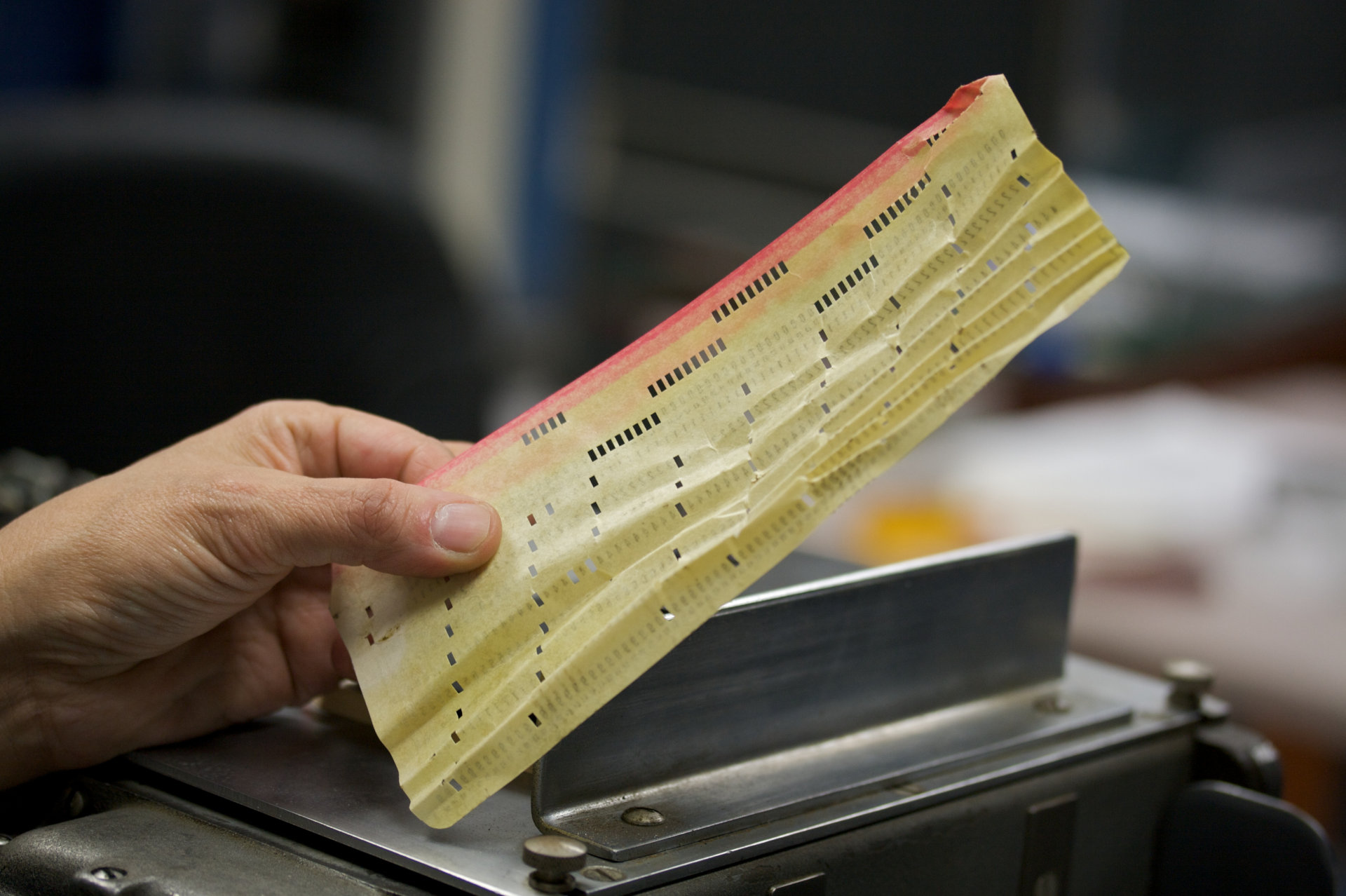Build, Run, Repeat - page 3
-
Being Emptyheaded: The Subtle Art of Being a Rubber Duck
It’s not hard to find writing about the benefits of pair programming. As much as I sometimes enjoy tinkering away with a problem in isolation, it is easy to see that working in a pair (or sometimes even a mob) easily improves both the speed and quality of output. Throw in the extra benefits of having multiple people understanding the code, different perspectives unlocking simpler solutions, the ability to mentor members of the team - makes it hard to argue against the practice. One of the trickiest things to learn when pair programming is how to take your hands off the wheel and let someone else drive - here is my perspective on it, and maybe you’ll find some handy ideas here.

-
You're awesome. Your code is probably worthless though.
If you’re reading this and you’re a software developer - or really anyone that twists programming languages into shape - let’s start by saying you’re awesome. The work we do is mentally taxing, demanding, and constantly evolving. The goal of this post however is to try and hammer home that your code is the least important part of what you do.

-
Playing with Rust
Recently when working on hobby projects on weekends and evenings, increasingly my language of choice is becoming Rust. I’ve been writing code in Rust near-enough daily for a couple of months, and to say that the experience is enjoyable would probably be an understatement. The language isn’t perfect, and it’s definitely got some rough edges - as you’d expect given how new it is. But the packages and ecosystem grows daily, and for good reason - more than anything else, it’s just a pleasure to write.
-
Doors and Corners
This week, we bought a new WiFi router for the house. Our internet has been dropping in and out, and the ISP provided router is pretty terrible regardless - so it was time to invest in a nice solid mesh network. Expecting to encounter trouble in the setup, it wasn’t surprising that the living room was rapidly filled by cables, boxes, laptops and devices, trying to get the internet even working again. At first, the assumption was (and those who work in development will already be suspicious), that the issue was my ISP modem trying to connect to the WiFi router. Plenty of angry people online had the same issue, so a great deal of time was spent factory-resetting and restarting the two devices.
-
The Importance of the Daily Improvement
Over the last 6 months, Docker and containerised applications have gone from being a minor part of my life - and often a source of annoyance - to being critical in how I work. I use containers literally every day now - both in work, and when I’m tinkering outside of it. In fact when I began resurrecting this blog recently, the first thing I did was throw a docker-compose and devcontainer setup into it. I’m not late to the party out of ignorance, but because recently my mindset has really focused on one key goal - the importance of improving daily work.
subscribe via RSS